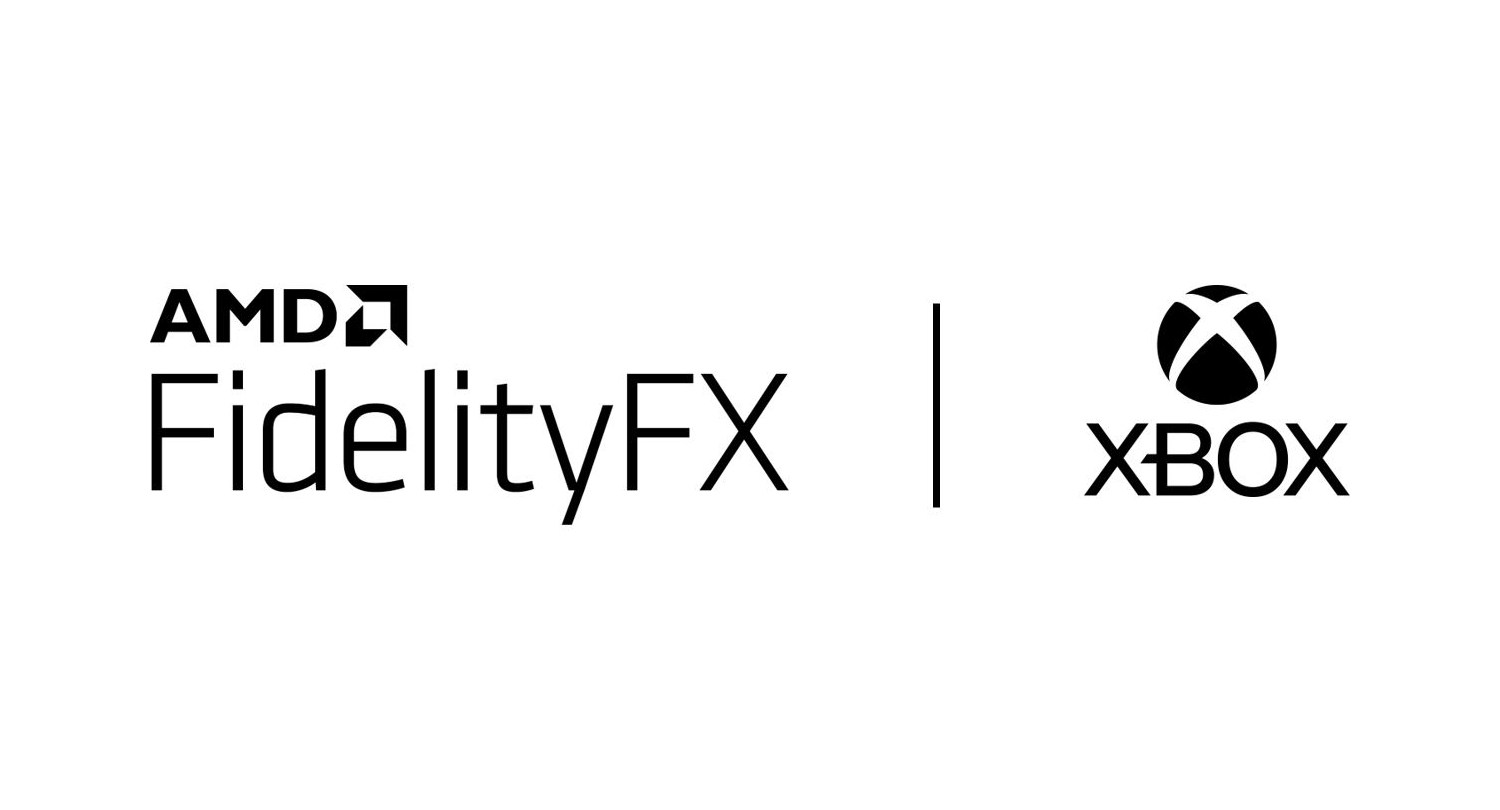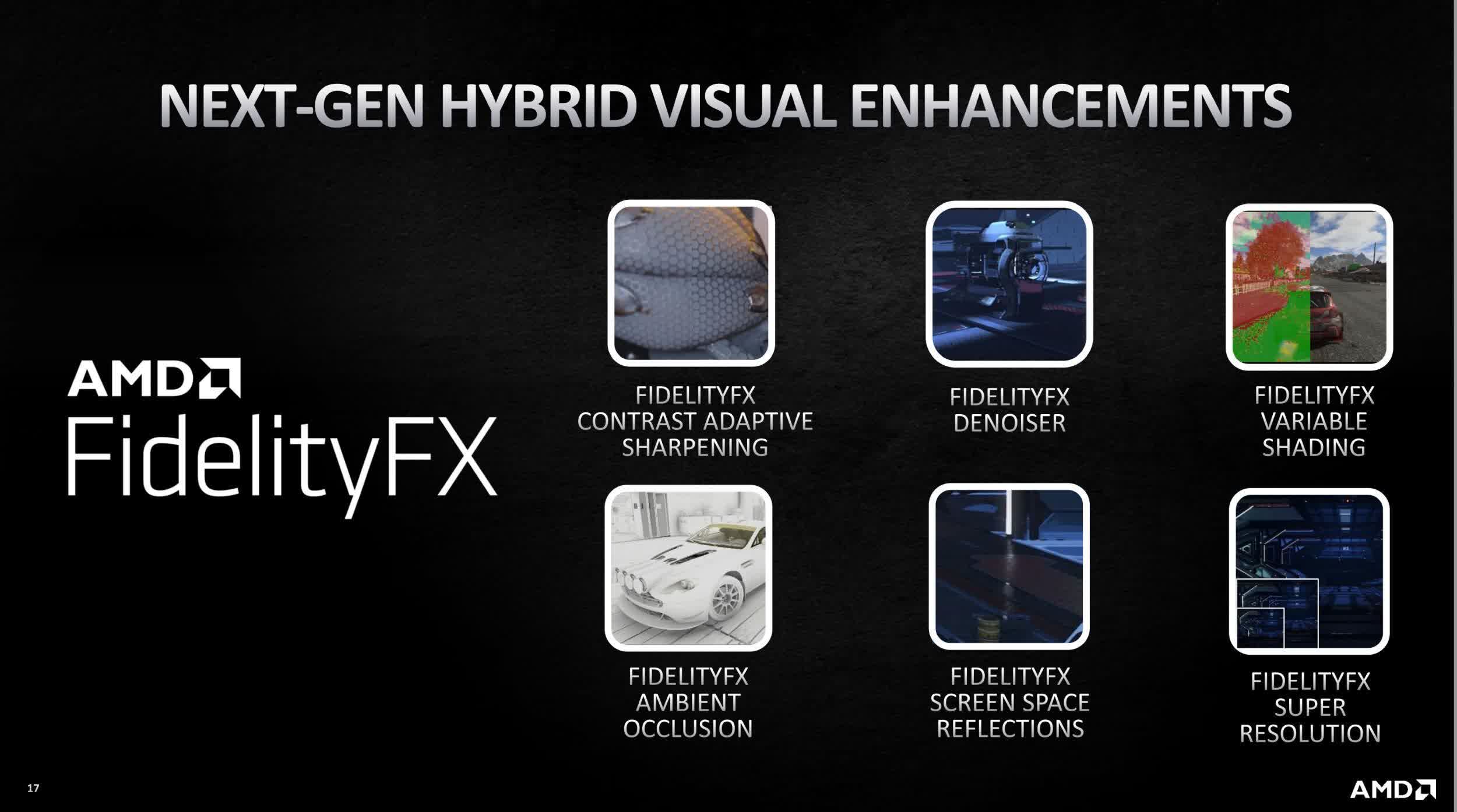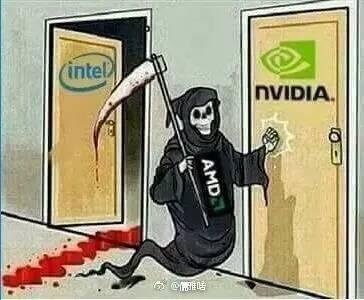What just happened? During Microsoft Game Stack Live 2021, AMD announced it has made available the FidelityFX feature set for Microsoft Xbox Series X|S developers. As you probably know, the Xbox is powered by an 8-core AMD Zen 2 CPU and an RDNA 2-class GPU. From now on, we should start seeing Xbox Series X|S games featuring AMD FidelityFX's Variable Shading, Contrast Adaptive Sharpening, and even the recently updated Denoiser.

AMD Fidelity FX is an open-source package of technologies with cross-platform support used to improve graphics quality without sacrificing the game's performance. FidelityFX already features eight technologies, including Contrast Adaptive Sharpening (CAS), Combined Adaptive Compute Ambient Occlusion (CACAO), variable rate shading (VRS), Stochastic Screen Space Reflections (SSSR), Denoiser, Luminance Preserving Mapper (LPM), Single Pass Downsampler (SPD), and Parallel Sort (radix sort algorithm).
In addition to these, AMD is also developing FidelityFX Super Resolution which is the company's take on Nvidia DLSS and is expected to release later this year for PC and consoles.
For now, the Xbox Series X|S will only support three of the eight technologies included in FidelityFX, but more may come later. The Xbox Series X|S Game Development Kit (GDK) now includes VRS to improve performance by varying the shading rate, CAS to sharpen and scale an image, and the ray-traced reflections and shadows Denoiser.

The introduction of FidelityFX on the new Xbox consoles should pave the way to a friendlier cross-platform development environment. As devs work on a newly developed game for PC and Xbox consoles, the implementation of FidelityFX can be done for both versions simultaneously, saving precious time and resources for other tasks.
Moreover, working with FidelityFX for consoles should be more manageable than for the PC platform as the former come with a specific configuration (or two), while PCs are inherently modular which adds a complexity layer due to the variety of possible configurations devs must account for.
Support for FidelityFX on PlayStation 5 hasn't been announced yet. However, Sony's console is also powered by AMD RDNA 2 graphics, so it should come eventually.
https://www.techspot.com/news/89397-xbox-series-xs-consoles-now-support-amd-fidelityfx.html
